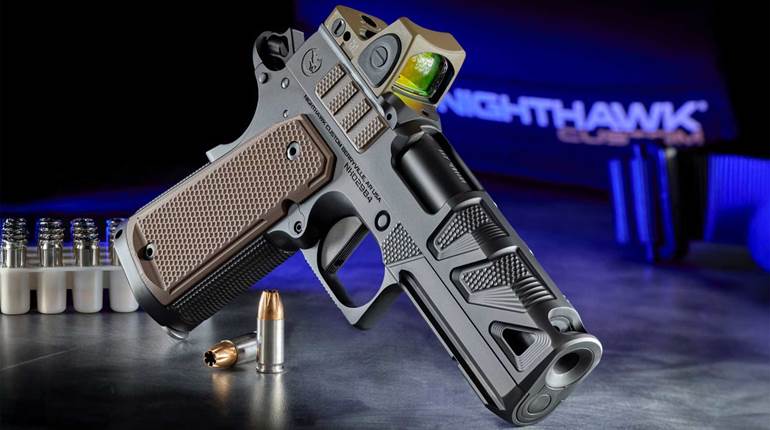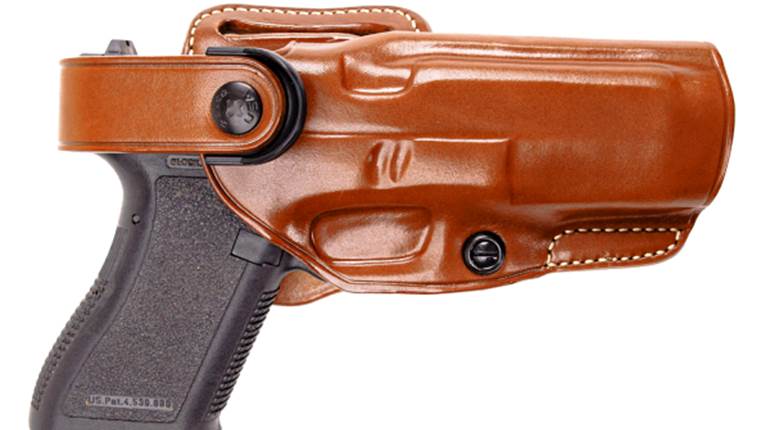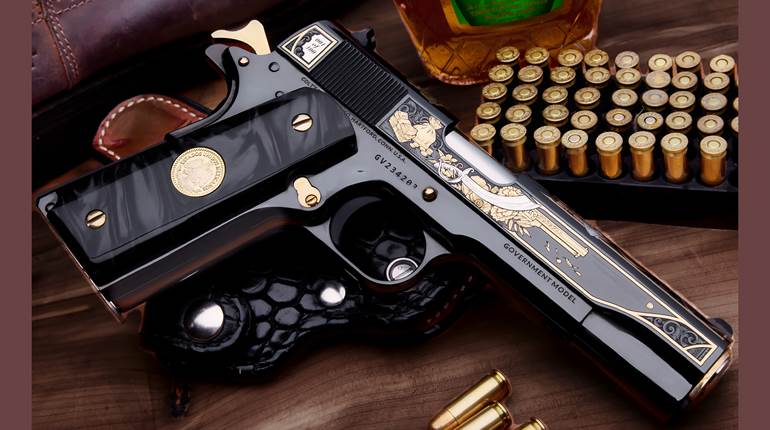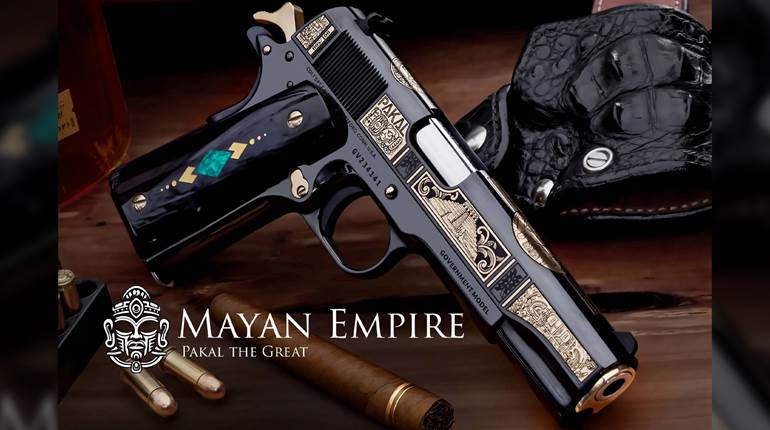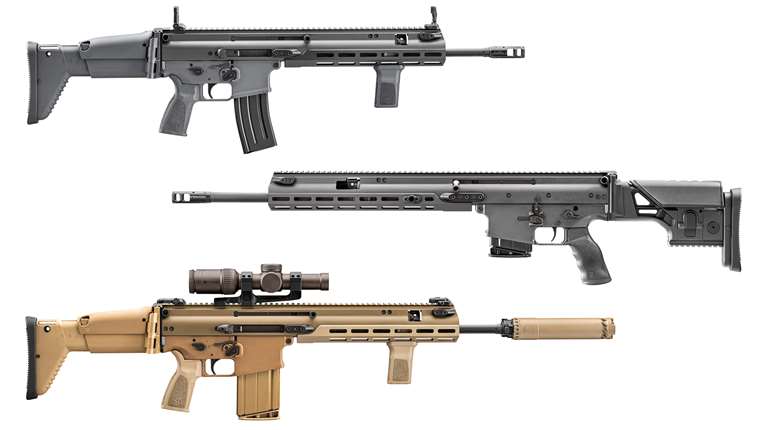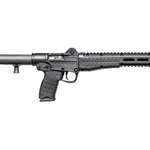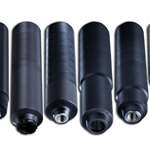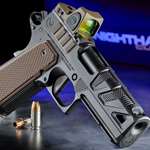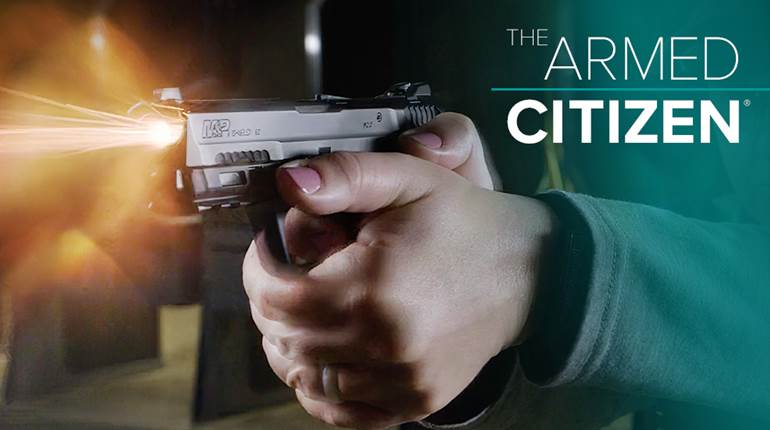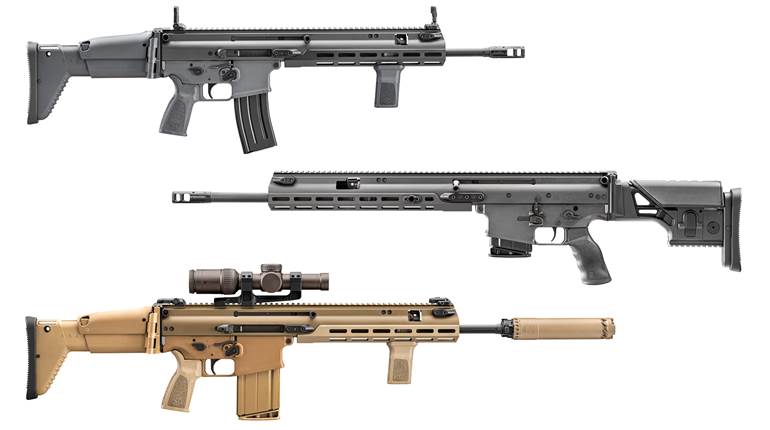
At the turn of the last century the United States was engaged in a conflict with Moro tribesmen in portions of the Philippine Islands. The U.S. had seized the islands as a protectorate and one of the spoils of war at the termination of the Spanish-American War. In May 1899, 800 U.S. Marines landed on the island of Jolo. Initially things were relatively peaceful, but a series of mis-translations of a treaty led to the Islamic Moro people to instigate hostilities. Among the Moro was a faction called “juramentado,” Spanish for “one who takes an oath,” an extremely zealous group of Muslims who felt it was their honor-bound duty to kill all Christians. The juramentados were fierce fighters who reputedly bound parts of their bodies prior to combat to reduce bleeding and took local drugs to minimize the perception of pain.
Unfortunately for many U.S. officers, the government had replaced the heavy—but quite reliable— .45-caliber Single Action Army with a lighter Colt double-action revolver. Chambered in .38 Long Colt, the Colt New Army 1892 was a beautifully made gun, but its ballistics—a 150-grain, round-nose lead bullet at 770 fps, yielding 195 ft.-lbs. of energy—were pretty anemic. Even during the war with Spain, the revolver didn’t cut it for American forces. When put up against the Moro juramentados many officers learned of the cartridge’s shortcomings the hard way. Reports of juramentados absorbing a cylinder-full of .38 Long Colts and still beheading the shooter with a keris knife were disturbingly regular. In something of a panic, the Army reissued Single Action Army revolvers from reserve stocks, and purchased some M1902 .45 caliber double-action revolvers. The Ordnance Board established an evaluation committee led by Col. John T. Thompson (inventor of the Thompson submachinegun) and Col. Louis A. La Garde. They determined the need for a semi-automatic pistol that fired a .45-caliber bullet in order to reliably stop close-range combatants.
When the Army announced its intent to replace the .38-caliber revolver with a .45-caliber pistol several companies leapt at the chance for a lucrative government contract. John Browning had already been developing a semi-auto pistol for Colt designed around a .38-caliber cartridge similar to the .38 Super. For a genius like Browning, it wasn’t too difficult a task to upsize both the pistol and cartridge to .45 caliber.
The pistol trials began in 1906, and samples from Colt, Savage, Smith & Wesson, DWM, Knoble, Bergmann and White-Merrill were tested. Both the Browning and Savage designs were selected for further testing. That testing revealed some shortcomings in both pistols, and the Army asked for more refinements in the designs. Browning traveled to Hartford, Conn., to supervise the changes. He teamed up with a young Colt employee, Fred Moore, and they painstakingly ensured that the pistols to be submitted were the finest they could produce. On March 3, 1911, the Army began a torture test. Each pistol would be fired 100 times, then allowed to cool for five minutes. After each 1,000 rounds the pistols would be cleaned and oiled. After 6,000 rounds, the pistols were tested with deformed cartridges, some with bullets seated too deeply, others not seated enough. The test pistols were soaked in water, mud and even acid. Browning’s design passed every test without a single failure—the first of any firearm to survive such a 6,000-round test.
On March 20, 1911, the Ordnance Board released a report of its findings that said, “Of the two pistols, the board was of the opinion that the Colt is superior, because it is more reliable, more enduring, more easily disassembled when there are broken parts to be replaced, and more accurate.” Nine days after that report, the Army designated the Colt Automatic Pistol, Caliber .45, M1911 to be its official sidearm. Two years later the Navy and Marine Corps adopted the 1911 as their handgun as well.
Other features mandated by the Ordnance Board were a manual safety and a grip safety, a slide stop that locked the slide back after the last round is fired and a half-cock position on the hammer. Feedback from soldiers after World War I also caused the military to make some relatively minor changes to the 1911. In 1924, the flat mainspring housing was given an arch in order to force the web of the hand higher into the grip safety. The trigger was shortened and cutouts on the frame behind the trigger were added to ease access to the trigger. The grip safety tang was lengthened a bit and the hammer spur shortened slightly to prevent hammer bite. A wider front sight and simplified grip panels completed the changes, and the revised pistol was given the name M1911A1.
The 1911 was an instantaneous success—no surprise, given its endorsement by the military—and demand outpaced supply. As World War II approached, the demand for this powerful handgun became even more intense. By the end of the war, nearly 2 million 1911 pistols were made and sold to the government. Colt could not keep up with the demand so other companies were contracted to produce the 1911. The most productive was Remington Rand—the erstwhile typewriter maker—which made some 900,000 pistols. The Ithaca Gun Company added another 400,000 copies, while Union Switch & Signal tossed another 50,000 toward the war effort. Even the sewing machine company, Singer, made some 500 pistols. Today, these “non-Colts” command some hefty premiums.
Other countries also manufactured the 1911 under contract from Colt. Argentina, Canada and Norway have produced 1911 pistols, while between 1914 and 1915, the Springfield Armory made some 30,000 pistols. Spanish gunmakers have made several variations of the 1911 as well. Llama-Fabrinor S.A.L., Star and Astra all have contributed to the plethora of Spanish 1911s. In short, John Moses Browning’s M1911 has made a large footprint worldwide as a military and police sidearm.
Five years after World War II, Colt came up with a smaller, lighter version of the 1911 to cater toward those who did not want to pack the full-size version. The frame was made from aluminum, and the barrel and slide were shortened 3/4 inch. Christened the Lightweight Commander and available in 9 mm, .38 Super as well as .45 ACP, it proved a welcome addition to the 1911 family. When the Series 70 came out, an all-steel Combat Commander was offered to answer some shooters complaints that the alloy frame wasn’t strong enough to withstand a high volume of shooting.
An overabundance of lawsuits directed toward gunmakers in the 1970s and ’80s led Colt to develop a firing pin safety that prevented the pistol from firing unless the trigger is pulled completely to the rear. These Series 80 pistols came in many of the familiar 1911 configurations: Government Model, tactical, competition models and both Combat and Lightweight Commander styles with blued or satin nickel finishes. Even stainless steel was finally used to make the 1911 impervious to the elements. Answering the demand for a cut-down of 1911s to pocket-pistol size in .45 ACP, Colt introduced an Officer’s Model in 1985 featuring a 3 1/2-inch barrel and a shortened grip frame with a six-round magazine.
The 1911 was vigorously welcomed by militaries from all over the world from its inception, and it served well in combat. However, by the late 1970s political pressure from NATO to standardize around a double-action semi-auto pistol in 9 mm ushered the great 1911 into semi-retirement. On January 14, 1985 the Army adopted the Beretta 92F as its official sidearm. Nonetheless, several special operation units from the military branches still use the 1911, though often modified and enhanced.
As the 1911 turns 100 years old this month, there are a few who pooh-pooh it as a relic. But take a look along most firing lines or in the holsters of many high-speed, low-drag operators, and you’ll see that grand old pistol providing security and control just as well today as it did a century ago.












